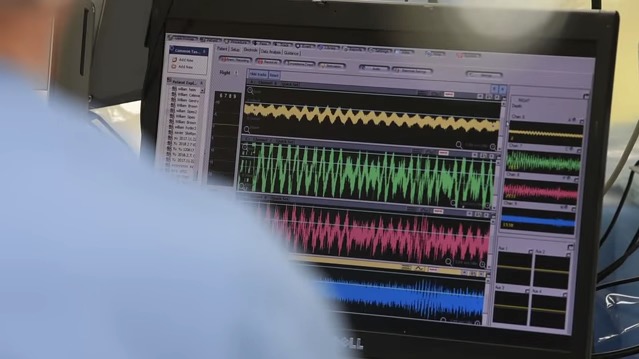The anatomy of movement in human beings has always intrigued doctors and scientists. Now, doctors are trying to answer the age-old question, “How the brain produces motor signals?” Recently, Daesoo Kim, PhD, the Department of Biological Sciences at Korea Advanced Science & Technology (KAIST) and George Augustine, PhD, at the Lee Kong Chian School of Medicine at the Nanyang Technological University (NTU) have carried out exciting new research that could possibly reveal the secrets to how the brain controls movement, and someday, to the cure for debilitating diseases such as Parkinson’s disease and similar illnesses.
Doctors have found that a large part of the human brain known as the basal ganglia plays a big part in controlling movement. Doctors found that abnormal regulation of that particular area could cause severe movement disorders such as those caused by Parkinson’s disease. Interestingly, the basal ganglia produces inhibitory output to a large extent, but doctors still remain baffled as to how exactly the signals are able to modulate complex movability. During their research, Dr. Kim and his colleagues used a complex process using light to inhibit or activate the neural activity in the medial globus pallidus. The new findings of this research could lead to some exciting possibilities for patients with Parkinson’s disease.









